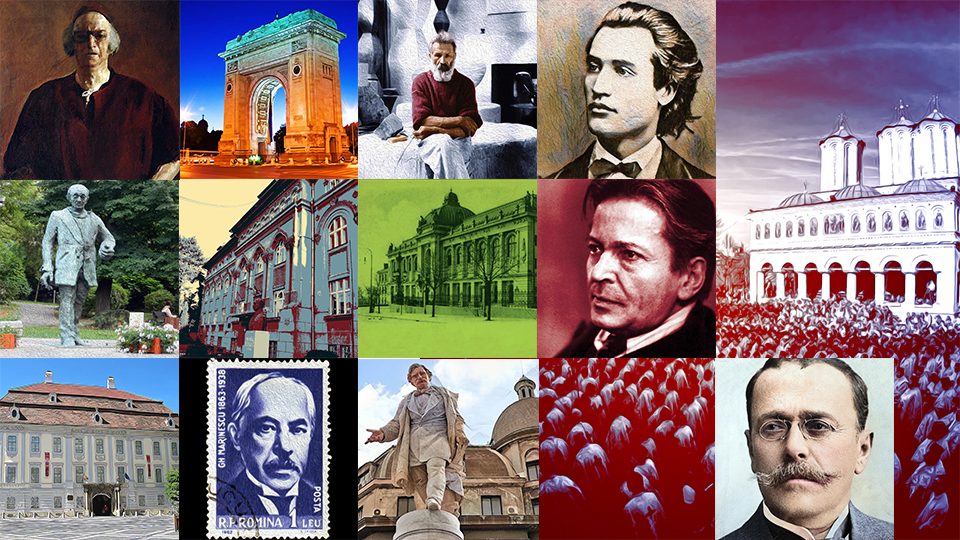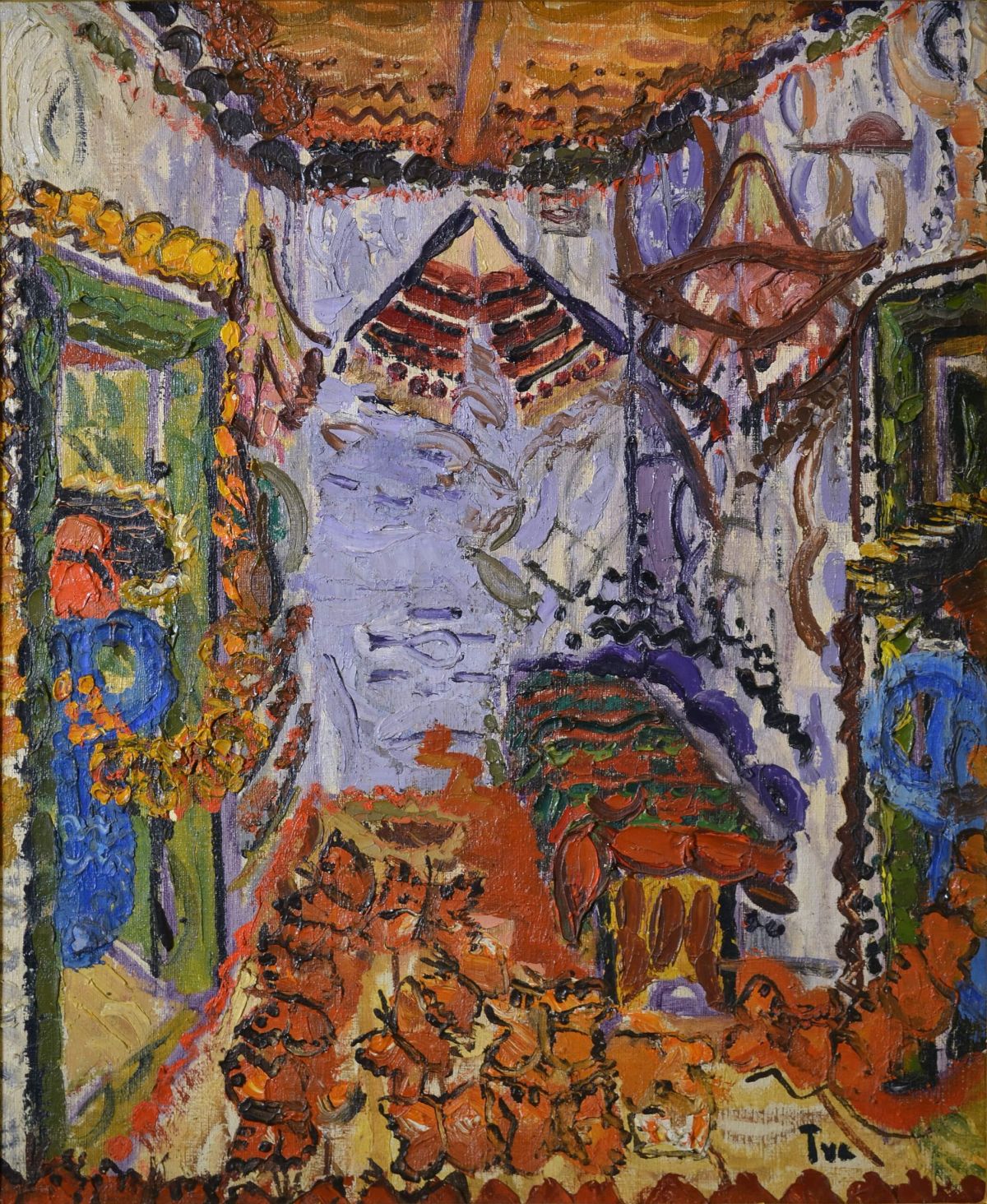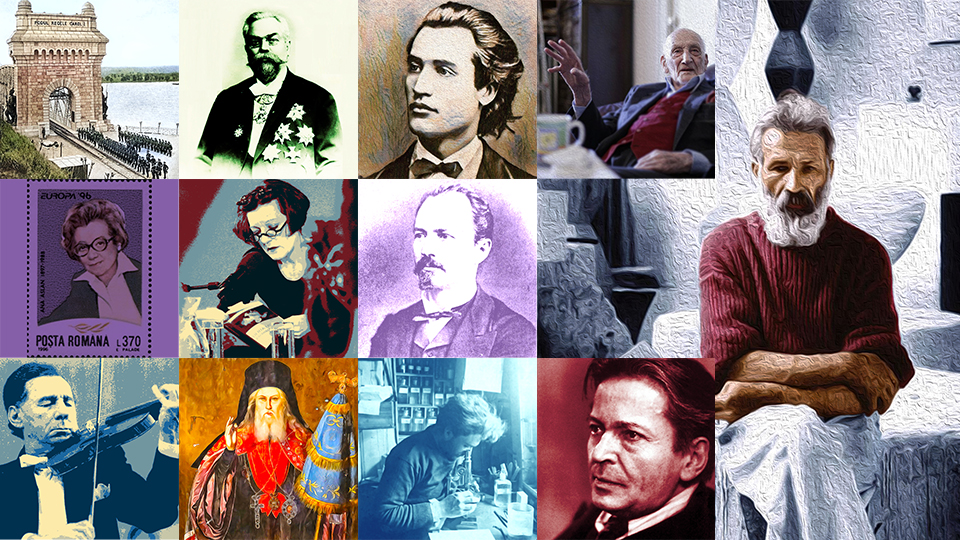Bucharest’s slums
Slums made up the bedrock of development in the past

Christine Leșcu, 07.02.2021, 14:00
Although the first documented mention of Bucharest dates back to
1459, there is substantial prior evidence attesting to this settlement that
grew into a major hub for trade and craftsmanship since its early beginnings.
After its certification, the city still continued to develop significantly. In
1558, Prince Mircea the Shepherd started building a princely palace which, over
the years, would become the nucleus of the upcoming capital city. Its ruins can
be observed today in Bucharest, known as the Old Court. The district around the
Princely Court, the church it is home to and the square around it used to make
up the mahala, which is Romanian for slum, the term used for small urban
communities that made up the city. Originating from Turkish, the name mahala
is originally used to describe districts or neighborhoods, but more recently,
in the modern and contemporary period, the term has become a pejorative name
used to describe a marginal and poor area with high crime rates. In fact,
Bucharest developed as a group of slums or small communities hurdled together.
At the center of it was a church, architect Alexandru Buzatu told us.
The meaning of the word mahala in Wallachia and Moldova in
particular frequently overlapped with the sense of the word parish. There was
often the case of a slum to be named the same as a parish or a church. One
example is Batiștei slum, which was also home to Batiștei church. Naturally,
this was a characteristic of medieval Bucharest up to the early modern period,
the mid-19th century. Back then, religion was an important component
of society, and the church was an important landmark of Romanian space. In
fact, Bucharest evolved around the churches. The church was also a community
center, channeling all the energy of the city.
Moreover, these urban communities can be compared to old village
centers, Alexandru Buzatu also told us.
Around the city center, which hosted the old town and the trade
area, various groups of people came to set up the so-called village hearth,
building houses around it. When the group of houses became relatively numerous,
a church was usually built. The church was either commissioned by the community
or a guild, or by a prince or a nobleman. These village hearths flocked around
the city center, and over time turned into slums or peripheries, but also
parishes, as each of them had a church at its center. All this territorial
expansion emerged in the absence of a belt of fortifications around the city,
and this is a distinctive and key element of Bucharest. As it had no limits,
the city expanded all around by means of slums. Still, the city did need some
form of defense in the absence of walls, and this was secured by urban
monasteries and inns, which more often than not were surrounded by defense
walls and could be defended better than houses.
Apart from the patterns of slums, another pattern gradually made its
place into the history of Bucharest, the barrens and the marketplace. Alexandru
Buzatu has the details:
Apart from the church we often see an open-air area called
marketplace or maidan, barrens. The term maidan is also of Turkish influence,
although it is an older Persian term. What is the reason behind the association
between the church and the marketplace? The church, as the center of the
community, normally had an open area around where various activities were held,
such as celebrations or trade fairs. One example is St. Anthony’s square near
the old city. For a long time the church was home to the main trade centers in
the city. Together, the church and the marketplace make up the center of a
parish or slum, and channeled the energies of the urban life around it. Of
course, the network of streets surrounding it spread throughout the city.
With the modernization of Bucharest in the second half of the 19th
century, and which continued in the 20th century, the city developed
along the same patters as in the past. Even today, the relative perimeter of
the old slums, with a church at their centers, bears testimony of the old and
new, making up today’s Bucharest.






























